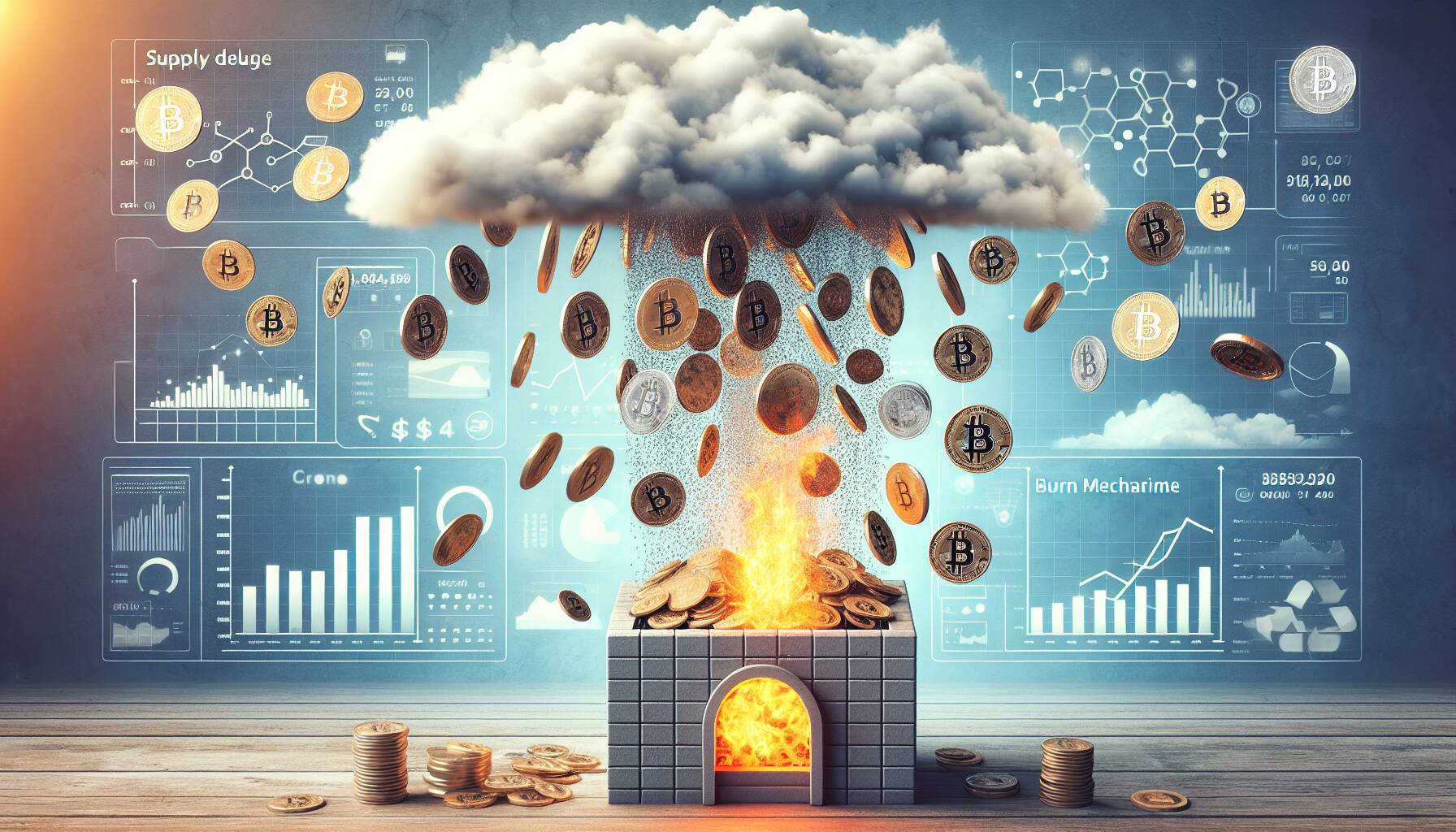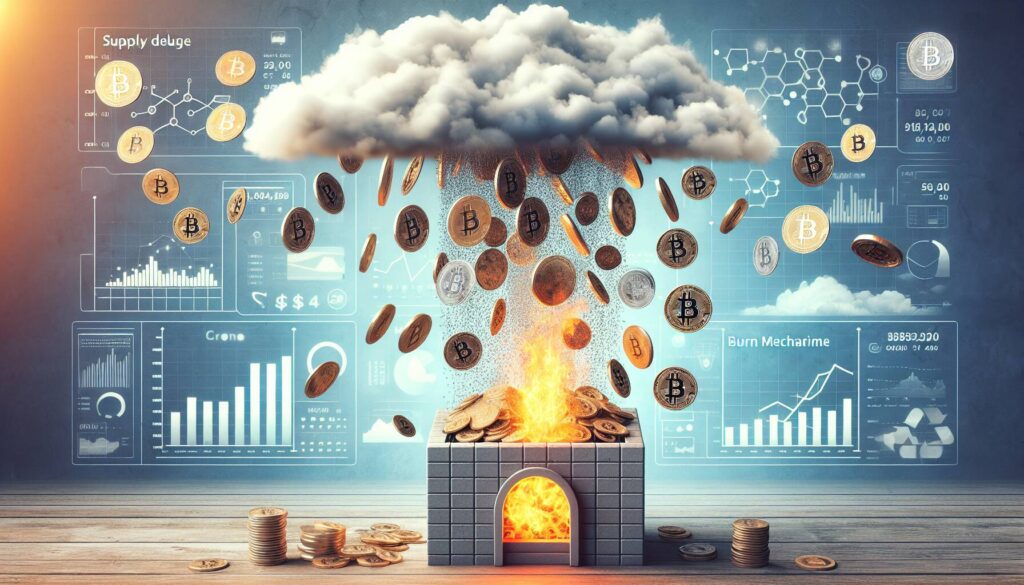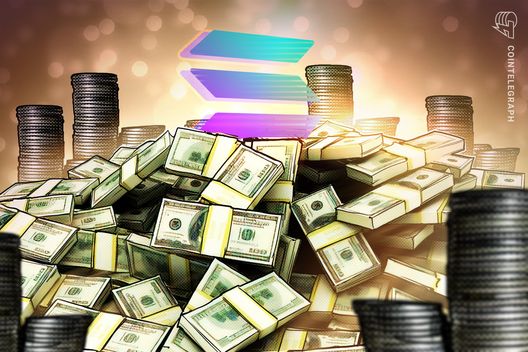The cryptocurrency market is no stranger to volatility, and recent events have showcased this characteristic once again. A noteworthy phenomenon has emerged as the community grapples with a significant supply influx, often termed a ‘supply deluge’. However, a strong counteraction was implemented through innovative mechanisms, specifically a burn strategy that aims to stabilize and reduce the circulating supply of certain tokens.
In simple terms, a burn mechanism involves permanently removing a portion of a cryptocurrency from circulation. This approach is designed to create scarcity, which can, in turn, bolster the asset’s value over time. As many investors know, fundamentals like supply and demand play a crucial role in the pricing of digital assets. When the supply is dramatically curtailed, it can lead to renewed interest and a potential uptick in prices.
“The rapid adjustment in supply demonstrates the adaptability of the crypto market.”
As this situation unfolded, it underscored not only the inherent risks but also the resilience within the cryptocurrency space. Stakeholders are keenly observing how these mechanisms will influence market dynamics moving forward. With discussions on the environmental impact of such burning processes also bubbling up, the industry is facing pressures to find a balance between innovation and sustainability.
The interplay between a supply deluge and effective countermeasures like burn mechanisms provides a fascinating insight into the cryptocurrency market’s ongoing evolution. Investors and enthusiasts alike are left contemplating the implications for future market trends and asset viability.

The Supply Deluge Reversed with Burn Mechanism
This article explores the implications of the burn mechanism on supply dynamics.
- Supply Deluge
- Initial surplus of supply in the market.
- Potential for devaluation of assets due to excess.
- Burn Mechanism
- Process of reducing supply to stabilize market.
- Mechanism that helps maintain or increase asset value.
- Impact on Readers
- Understanding of market dynamics and asset valuation.
- Investment strategies may shift based on supply scarcity.
“The burn mechanism serves as a counterbalance to oversupply, ensuring greater stability in asset pricing.”
Supply Deluge and Burn Mechanism: A Shifting Landscape in Cryptocurrency
The recent development in the cryptocurrency market surrounding the reversal of the supply deluge through a burn mechanism marks a pivotal moment for investors and stakeholders alike. This strategy not only mitigates excess supply but also reignites interest in deflationary models reminiscent of Bitcoin’s inherent scarcity. While some projects have attempted similar measures, few have succeeded in generating as much buzz and potential momentum as this recent implementation.
Competitive Advantages: The primary advantage of adopting a burn mechanism is the potential to enhance token value by systematically reducing supply. This mirrors traditional economic principles where scarcity can lead to increased demand. Projects that can effectively implement and communicate the rationale behind their burn strategies are likely to attract not just investors but also long-term supporters, fostering a community oriented towards sustainable growth.
Moreover, cryptocurrencies utilizing this model might benefit from increased media coverage and public interest, given the ongoing trend towards sustainability and responsible investment practices. The heightened visibility could draw in new entrants to the market, expanding the user base and increasing overall market liquidity.
Competitive Disadvantages: However, there are pitfalls to consider. Projects that rely heavily on burn mechanisms can create volatility, which may deter risk-averse investors. If not executed properly, a burn could be perceived as a gimmick rather than a legitimate strategy, potentially leading to skepticism among seasoned traders. Additionally, the ecological impact of blockchain technology raises questions about sustainability, which could hinder acceptance in environmentally conscious markets.
This shifting paradigm could benefit traditional investors looking for innovative opportunities, as well as new traders eager to engage in a dynamic market environment. On the contrary, it may create challenges for older projects that lack a clear value proposition or differentiate themselves in a saturated market, as these innovations could overshadow their offerings, leading to dwindling interest and investment.

















